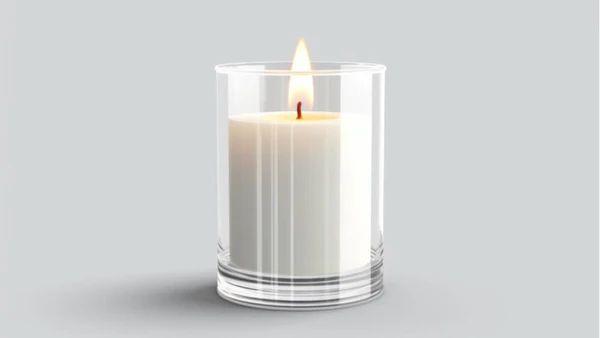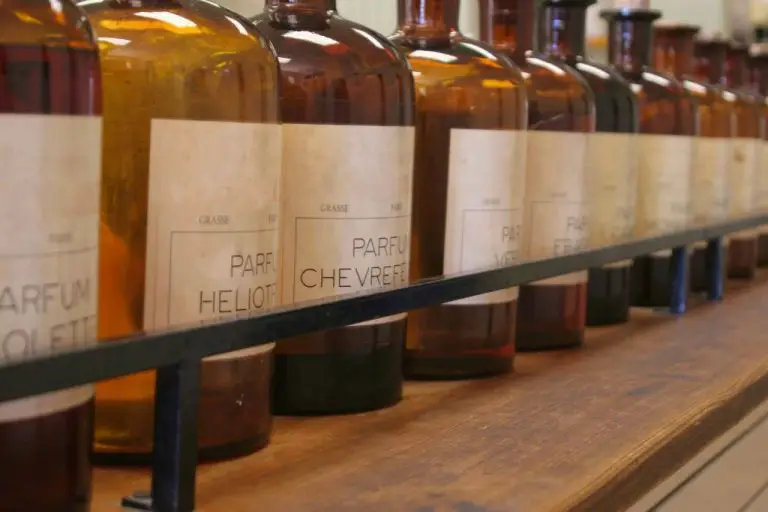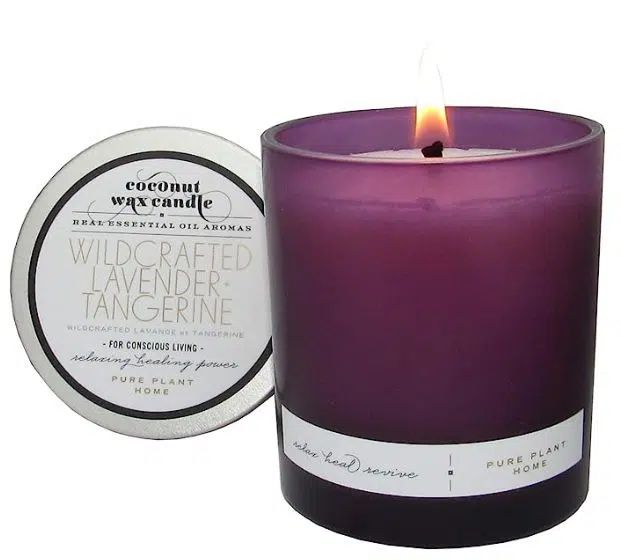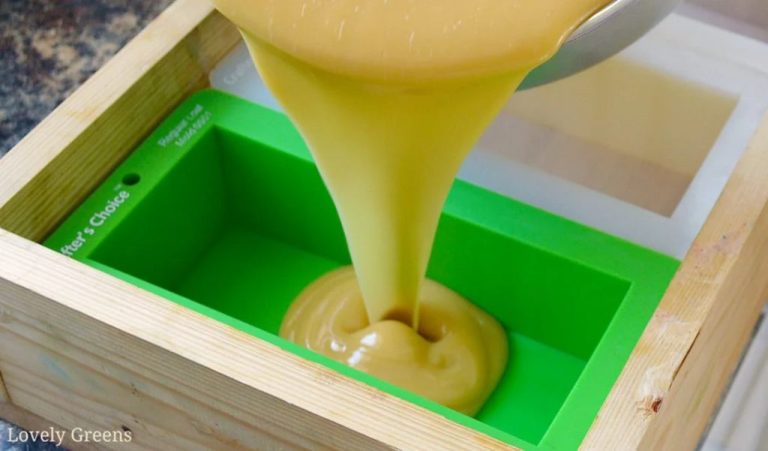How Was Wax Made In The Old Days?
Wax has served important purposes throughout human history, tracing as far back as the ancient Egyptians. Candles were primarily made from beeswax and animal fats in ancient times, providing illumination before the advent of electricity. Wax has also been used for sealing, waterproofing, and in art materials. Beeswax in particular offered versatile applications for hair styling, embalming, cosmetics, polishing, and lubrication across different ancient cultures. The unique properties of wax – its malleability when warm yet rigidity when cool – have lent it well to molding, sculpting, and casting. While methods and materials have evolved, wax remains a versatile substance today for candles, cosmetics, encaustic art, and more.
Beeswax
Beeswax has been harvested by humans for thousands of years. Ancient civilizations such as Egypt and Greece used beeswax for various purposes including mummification, shipbuilding, art, and candlemaking. The earliest recorded use of beeswax dates back to around 7000 BCE in ancient Egypt where it was used for metalworking and embalming.
Beeswax is produced by honey bees from glands in their abdomen. Worker bees consume honey and secrete beeswax in thin sheets called scales. These wax scales are used by bees to build the honeycomb structure inside their hive. To harvest beeswax from the hives, beekeepers would remove the honeycomb frames and scrape off the wax capping using a heated knife. The wax capping would then be rinsed in water and strained to filter out any debris. The filtered wax was melted and poured into molds to form blocks, sheets or candles. This basic process of harvesting beeswax has remained unchanged for thousands of years.[1]
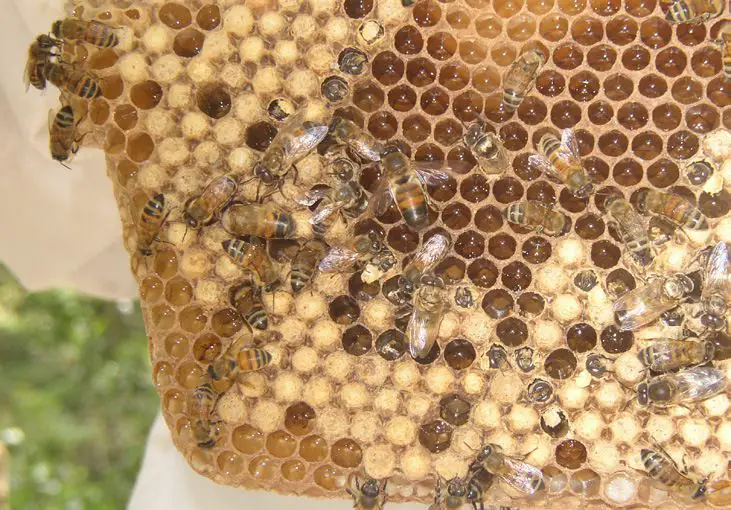
Plant Waxes
Plant waxes have been utilized and extracted by humans for centuries. Some of the most common plant waxes include carnauba wax from the leaves of the carnauba palm tree and candelilla wax from the candelilla plant [1].
Carnauba wax is harvested from the leaves of a palm tree native to northeastern Brazil. The leaves are dried, beaten to loosen the wax, powdered and then the wax is extracted with solvents. It results in a hard yellowish wax that is used for applications like car waxes, shoe polishes, dental floss and fruit coatings.
Candelilla wax comes from the candelilla plant native to northern Mexico and Texas. The plants grow small stems covered in a waxy coating. The stems are harvested, boiled in water, strained and then the wax rises to the top and hardens into a wax substance. Candelilla wax was traditionally used for waterproofing and lubricating purposes.
Other plant waxes like Japan wax from sumac trees and bayberry wax from bayberry bushes are extracted in similar ways. The plants or leaves are boiled, strained and separated until a purified wax is obtained, which is then used for candle-making, soap-making, wood finishes and other purposes.
Animal Fat Waxes
Rendering animal fat into usable waxes has been practiced for thousands of years. The earliest evidence of animal fat candles comes from China around 500 BC, where candles were made by boiling fats from animals like cattle, sheep, and whales (https://en.wikipedia.org/wiki/History_of_candle_making). Rendering is the process of gently heating fats to separate the fat from any connective tissues. This leaves pure fat that can then be cast into candles or further processed into wax.
Tallow, which is fat from cattle or sheep, became the predominant animal fat used for candle making in Europe and North America. After slaughtering animals for meat, tallow would be rendered and molded into candles. Rendering tallow involves slowly melting chopped fat and straining out any impurities. The melted and purified tallow could then be poured into molds to make candles. Tallow remained the primary candle wax for centuries until paraffin started replacing it in the mid-1800s (https://www.smith.edu/hsc/museum/ancient_inventions/candles2.html). Though less common today, tallow still remains an affordable and accessible wax for candle making.
Paraffin Wax
Paraffin wax was first created in 1830 by German chemist Karl von Reichenbach when he attempted to develop an efficient method to separate and refine petroleum substances from crude oil (Wikipedia, 2022). Reichenbach found that distilling crude oil at a high temperature produced a waxy white substance that resembled natural beeswax. He named this substance “paraffin” from the Latin word “parum affinis” meaning “lacking affinity”, since it did not interact with other chemicals.
Paraffin wax is acquired from petroleum by a process called dewaxing light lubricating oil stocks (Crown Oil, 2022). The crude oil is chilled and filtered multiple times to remove the wax. The wax crystals are then processed to purify and harden them. In the early days of production, paraffin wax quickly became popular for candle-making as a cheaper alternative to expensive beeswax candles. It was also used for sealing preserved foods and waterproofing textiles. Paraffin revolutionized the candle-making industry in the mid-1800s, enabling the mass production of inexpensive candles.
Wax Molding & Shaping
In early candle making, wax was shaped by hand molding. Wax would be melted and poured into handmade molds crafted from materials like stone, wood, pewter or glass. These molds were intricately carved to create decorative shapes and patterns in the finished candle. As the wax cooled in the mold, it would take on the mold’s form.
According to the History of Candle Making from Lafco Candles, some early handmade molds included earthenware pots, shells and horn cow hooves. The melted wax could be directly poured into these makeshift molds. Simple dipping techniques were also used, where the wick was repeatedly dipped into hot wax to build up wax layers and form the candle.
As candle making evolved, more specialized equipment was created. Two-piece molds enabled more detailed candle designs. By the 18th century, manufacturers used lead candles molds with multiple wick holes to increase production. The development of plaque-press molds in the 19th century allowed even faster production through assembly line methods. While hand molded and dipped candles are still made today, innovations in candle molds enabled industrial-scale manufacturing.
Wax Bleaching
In the early days, wax makers used various methods to purify and bleach wax to achieve lighter colors and remove impurities. According to research from Falcon Banner’s “Bleaching Beeswax: A Look into the Methods Used for the Purification of Beeswax”, some common early bleaching methods included exposing wax to sunlight, using acid solutions, and using bleaching clays.
Sunlight bleaching was done by spreading wax thinly and exposing it to sunlight for extended periods of time. The UV radiation from sunlight helped decompose pigments and whiten the wax. Acid solutions like sulfuric acid, oxalic acid or tartaric acid were also used to bleach wax by reacting with the coloring compounds. Bleaching clays like bentonite, Fullers earth or activated charcoal were mixed with melted wax to adsorb impurities and absorb pigments.
These early bleaching methods, while effective, were very time and labor intensive. But they allowed wax makers to produce purified, light colored wax suitable for applications like candle making, pharmaceuticals, and cosmetics.
Wax Applications
Wax has been used by humans for a variety of applications besides candles over the centuries. Beeswax in particular was prized for its unique properties and versatility.
One of the earliest uses of beeswax was for waterproofing. Ancient cultures like the Egyptians would coat things like boats and baskets in beeswax to make them water-resistant. The wax created a protective barrier against water seeping in [1].
Beeswax was also used as a sealant in ancient times. The soft wax could be pressed into carved seals and used to authenticate documents or sign letters. Wax seals were popular among royalty and officials to mark their correspondence [2].
Additionally, beeswax found use as an early form of adhesive. It could be melted and used to glue things together permanently. Some ancient woodworking exploits delicate joinery that was affixed with beeswax.
Wax was also applied to bowstrings to weatherproof them and prevent fraying. It helped maintain tension and improve performance. Beeswax lubrication improved longevity of the bowstrings.
From structural waterproofing to sealing letters, beeswax proved a versatile material for early civilizations. Its unique properties lent themselves to diverse applications beyond just candlemaking.
Wax Production Innovations
Over time, innovations in wax production dramatically increased yields and improved quality. In the early 19th century, distilling and purifying techniques were introduced that converted low-grade fats into usable waxes on a large scale [1]. This allowed manufacturers to use animal fat, mineral oils, and petroleum derivatives as wax sources, greatly expanding supplies beyond just beeswax and plant waxes.
In the 1830s, paraffin wax was discovered. Paraffin wax revolutionized candlemaking as it burned cleaner and was cheaper to produce than other waxes [2]. New paraffin wax refining methods developed in the late 19th century further improved quality and yields. Innovations like vacuum distillation produced very pure, high melting point paraffin ideal for candles.
More recently, advanced methods such as fractional crystallization, hydrofinishing, and filtering allow manufacturers to carefully tailor waxes to optimize burning, appearance, and scent throw. New waxes like soy, palm, and synthetic polymers continue to expand options for modern candlemaking.
Conclusion
Wax continues to be a indispensable material for humankind since ancient times. The main types of waxes used throughout history include beeswax, plant waxes, animal fat waxes like tallow, and paraffin wax. Wax was first collected from natural bee hives or from plants. Later, animal fats were used, especially to make inexpensive candles. The rise of petroleum led to paraffin wax becoming the dominant industrial wax. While paraffin largely replaced other waxes, traditional techniques like dipping, molding, and hand-rolling candles persisted. Wax provided crucial light and protection before electricity. Today it still finds use in candles, cosmetics, art, and industry.
To recap, wax has always served vital functions for civilization. The story of wax reflects the ingenious ways humans have made use of natural resources. From humble beginnings harvesting hive honeycombs, we progressed to refining petroleum to extract usable waxes. Both ancient and modern societies owe a debt to this versatile material.

